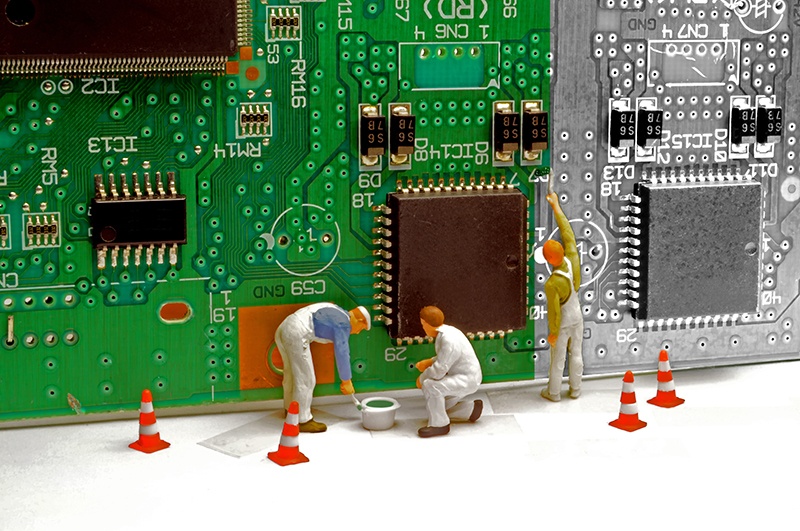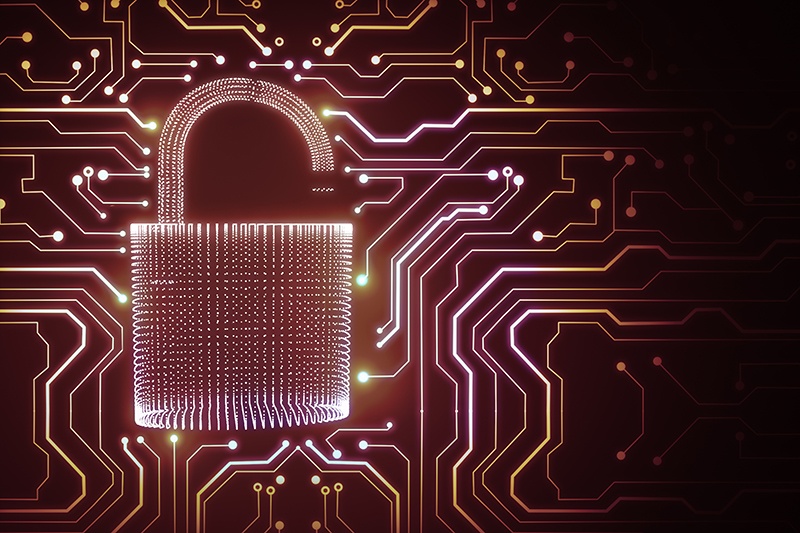03 Jul 2018
In 2014, the U.S. Supreme Court ruled in Alice Corp vs. CLS Bank that abstract ideas implemented on a computer aren’t patent eligible — but failed to define what was considered “abstract.” While the Alice decision isn’t specific to software, it has created the most ambiguity for software-implemented inventions.
But earlier this year, Andrei Iancu was appointed the new director of the U.S. Patent and Trademark Office (USPTO). Under his leadership, the Office has released a memo providing new procedures for how subject-matter eligibility will be analyzed in the wake of Alice and its progeny. This procedural change should benefit applicants, as it promises to make the patent process more clear and reliable.
So if you’re a software company and believe you’ve been routinely getting bogus rejections post-Alice — where the examiner dismisses certain statements as “routine” and “well-understood” without citing any concrete evidence — here’s how the latest developments can offer you useful tools to overcome those rejections.

CALLING FOR CONGRESSIONAL ACTION TO DEFINE PATENT ELIGIBILITY
In the Alice opinion, the Supreme Court did not issue a clear directive, and this has introduced uncertainty and inconsistency in what is considered patent eligible by lower courts and the USPTO. As a result, many businesses who routinely file software patent applications now find it more difficult to secure patent protection.
According to former USPTO director David Kappos, many inventions that were deemed patent-ineligible in the United States have been successfully patented in foreign jurisdictions, which could adversely impact American competitiveness in tech innovation.
And as a result, many leaders in the patent law community have begun debating whether legislative action is the right next step.
“If we’ve decided the case law is not going anywhere and we can’t wait for the Supreme Court to fix it, yes, we’re going to have to go to Congress,” said Marian Underweiser, the senior counsel for IP law policy and strategy at IBM Corp. “Many of us have reached the conclusion that we have no choice.”
BERKHEIMER V. HP INC.: RAISING THE BAR FOR DEFINING PATENT INELIGIBILITY
Under Iancu’s leadership, the USPTO has finally begun addressing the fallout from Alice. Following the Federal Circuit’s 2018 decision in Berkheimer v. HP Inc., the USPTO updated its procedures to clarify when an examiner may deem an invention patent ineligible — thereby limiting examiners’ ability to make arbitrary decisions.
WHAT IS BERKHEIMER?
Berkheimer addresses a scenario where claims are directed to an abstract idea. In order for these types of claims to be patent-eligible under the framework provided in Alice, the claims must also contain some “additional element” that amounts to “significantly more” than the abstract idea.
In the decision, the court further explained that whether a claimed feature is well-understood, routine, and conventional is a question of fact — and is a different question than whether it was simply known in the prior art.
HOW HAS THE USPTO INTERPRETED BERKHEIMER?
The USPTO has released a memo clarifying how Berkheimer changes the standards that an examiner must meet in rejecting an application’s claims as patent-ineligible subject matter under 35 U.S.C. § 101.
Previously, in many patent applications, U.S. patent examiners have asserted (without any evidence) that “additional elements” in a claim do not amount to “significantly more” than an abstract idea because the “additional elements” represent well-understood, routine, and conventional activity.
The procedure established in the Berkheimer memo requires examiners to provide explicit support based on factual determination for these types of assertions.
In particular, examiners should use the same standards that are used for the analysis under 35 U.S.C. § 112 when determining whether an element is so well-known that it doesn’t need to be described in detail in the patent specification.
Additionally, an element is not necessarily well-known just because it’s disclosed in the prior art. In other words, the analysis to determine whether something is well-understood, routine, and conventional activity (to determine its patent eligibility under 35 U.S.C. § 101) is different from the analysis to determine whether something is “new” and “non-obvious” in view of prior art (as defined under 35 U.S.C. § 102 and 35 U.S.C. 103 respectively). Basically, an examiner can’t simply refer to a 102 or 103 rejection to provide the necessary support for a rejection under 101.

HOW BERKHEIMER IMPACTS EXAMINATION PROCEDURES
The USPTO memo will revise MPEP § 2106.07, which describes the procedures an examiner must follow in rejecting claims or evaluating applicant responses under Section 101.
REJECTING A CLAIM
To claim that an element is well-understood, routine, and conventional activity, an examiner must explicitly support their conclusion with at least one of the following:
- A statement in the specification that shows the applicant knows the element is well-understood. In particular, the specification must expressly state that the element hasn’t been explained because it’s well-understood in the industry.
- A court decision cited in the MPEP showing that the element is well-understood
- A publication showing the element is well-understood. Acceptable publications include books, manuals, review articles, or other sources that expressly discuss what is well-known within the industry.
- A statement that the examiner is taking official notice of the element’s conventional nature. This should only be offered when the examiner is certain that the element is well-known within the industry.
EVALUATING APPLICANT RESPONSES
If the applicant challenges the examiner’s finding that an element is well-known, then the examiner must refute the challenge by either providing one of the first three items on the list above, or submitting an affidavit that cites factual evidence.
HOW THE NEW USPTO GUIDELINES BENEFIT YOUR PATENT STRATEGY
If your application is facing a rejection under Section 101, the new USPTO guidelines can be useful.
In particular, you can ask the examiner to provide explicit support for any assertion that something is well-understood, routine, and conventional activity.
In many cases, the examiner will not be able to provide the evidence that is now required by USPTO procedures, and in such cases the examiner should withdraw the rejection.
WHY YOU SHOULD SEEK LEGAL COUNSEL WHEN NAVIGATING SOFTWARE PATENT CHALLENGES
The new USPTO leadership is taking positive steps to improve predictability and clarity in how patent eligibility is determined. If you’re a software company (or a company that files software patent applications), you absolutely need to engage a patent professional who knows how to navigate these developments.
At Henry Patent Law Firm, our attorneys have extensive experience prosecuting patents related to computer systems and software — contact us now to find out how we can help.

Michael K. Henry, Ph.D.
Michael K. Henry, Ph.D., is a principal and the firm’s founding member. He specializes in creating comprehensive, growth-oriented IP strategies for early-stage tech companies.

